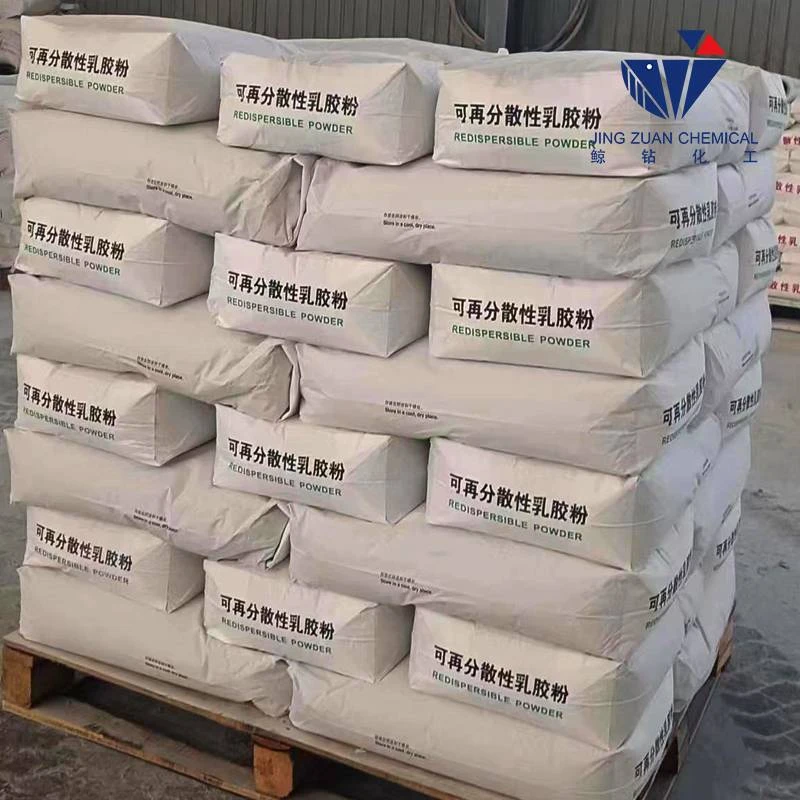
Eyl . 25, 2024 14:33 Back to list
HPMC Applications in Enhancing Tile Adhesive Performance and Durability
Understanding HPMC in Tile Adhesives A Comprehensive Overview
Hydroxypropyl Methylcellulose (HPMC) is a cellulose ether that has gained popularity in the construction industry, particularly in the formulation of tile adhesives. Its unique properties make it an essential ingredient that enhances performance, workability, and overall effectiveness in tile installations. This article explores the role of HPMC in tile adhesives, its benefits, and why it is favored by manufacturers and contractors alike.
What is HPMC?
HPMC is a water-soluble polymer derived from cellulose, naturally occurring in plant cell walls. It is produced by modifying cellulose with hydroxypropyl and methyl groups, resulting in a compound that combines the beneficial properties of both cellulose and synthetic polymers. In the context of tile adhesives, HPMC plays several critical roles, including improving adhesion, enhancing open time, and providing superior workability.
Benefits of HPMC in Tile Adhesives
1. Improved Adhesion One of the primary functions of HPMC is to enhance the adhesive properties of tile mortars. It increases the thixotropic nature of the adhesive, allowing it to bond effectively with both the tile and the substrate. This strong adhesion minimizes the risk of tile slippage, especially on vertical surfaces.
hpmc for tile adhesive

2. Extended Open Time HPMC contributes to a longer open time for tile adhesives. Open time refers to the period in which the adhesive remains workable after application. By using HPMC, tile installers can have more flexibility, allowing them to position tiles more accurately before the adhesive begins to set. This is particularly important in large area installations or when working with larger format tiles.
3. Water Retention One of the standout features of HPMC is its ability to retain water. In tile adhesives, effective water retention is crucial for ensuring that the cement within the adhesive has sufficient moisture to cure properly. Without adequate water, the adhesive may dry too quickly, leading to bonding failures. HPMC helps maintain optimal moisture levels, resulting in a stronger, more durable bond.
4. Ease of Application HPMC enhances the workability of tile adhesives, making them easier to spread and manipulate. This property is especially beneficial for inexperienced installers or during complex installations. The improved viscosity provided by HPMC ensures that the adhesive can be applied smoothly and evenly, ensuring an even layer for bonding tiles.
5. Versatility HPMC can be used in various formulations, allowing manufacturers to tailor tile adhesives for specific applications. Whether for ceramic, porcelain, or natural stone tiles, HPMC-based adhesives can meet diverse performance requirements, making them highly versatile for different projects.
Conclusion
In conclusion, Hydroxypropyl Methylcellulose (HPMC) stands out as a crucial component in the formulation of tile adhesives. Its ability to improve adhesion, extend open time, retain water, enhance workability, and provide versatility makes HPMC an invaluable asset in the tile installation process. As the construction industry continues to evolve, the demand for high-performance materials, like HPMC-based tile adhesives, will only grow, facilitating efficient and durable tile applications. Whether you're a manufacturer or a contractor, understanding the benefits of HPMC can help you achieve successful tile installations that meet modern performance standards.
-
Versatile Hpmc Uses in Different Industries
NewsJun.19,2025
-
Redispersible Powder's Role in Enhancing Durability of Construction Products
NewsJun.19,2025
-
Hydroxyethyl Cellulose Applications Driving Green Industrial Processes
NewsJun.19,2025
-
Exploring Different Redispersible Polymer Powder
NewsJun.19,2025
-
Choosing the Right Mortar Bonding Agent
NewsJun.19,2025
-
Applications and Significance of China Hpmc in Modern Industries
NewsJun.19,2025







